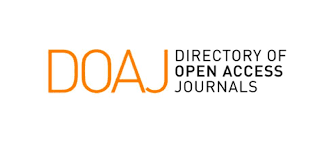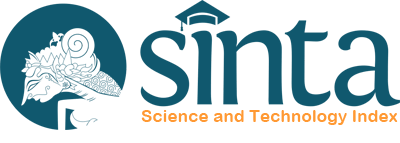Model Partial Least Square Regression (PLSR) Pengaruh Bidang Pendidikan dan Ekonomi Terhadap Tingkat Kemiskinan di Indonesia
Abstract
Partial Least Square Regression (PLSR) is one of the methods applied in the estimation of multiple linear regression models when the ordinary least square method (OLS) can not be used. OLS generates an invalid model estimate when multicollinearity occurs or when the number of independent variables is greater than the number of data observations. In conditions that OLS can be applied in obtaining model estimation, want to know the performance of PLSR method. This study aims to determine the model of PLSR the influence of literacy rate, the average of school duration, school enrollment rate, Income per capita, and open unemployment rate to the level of poverty seen from the percentage of poor people in Indonesia by 2015. Estimated model with OLS , Only variable of literacy rate are included in the model with the coefficient of determination R2 = 32.52%. PLSR model estimation of cross-validation, leave-one-out method with one selected component has R2 of 33,23%. Both models shows a negative relationship between poverty and literacy rate. The higher literacy rate will reduce the poverty level, indicating that the success of the Indonesian government in the development of education will support the government's success in reducing poverty level.
Downloads

Jurnal Matematika (JMAT) is licensed under a Creative Commons Attribution License (CC BY-NC 4.0)















